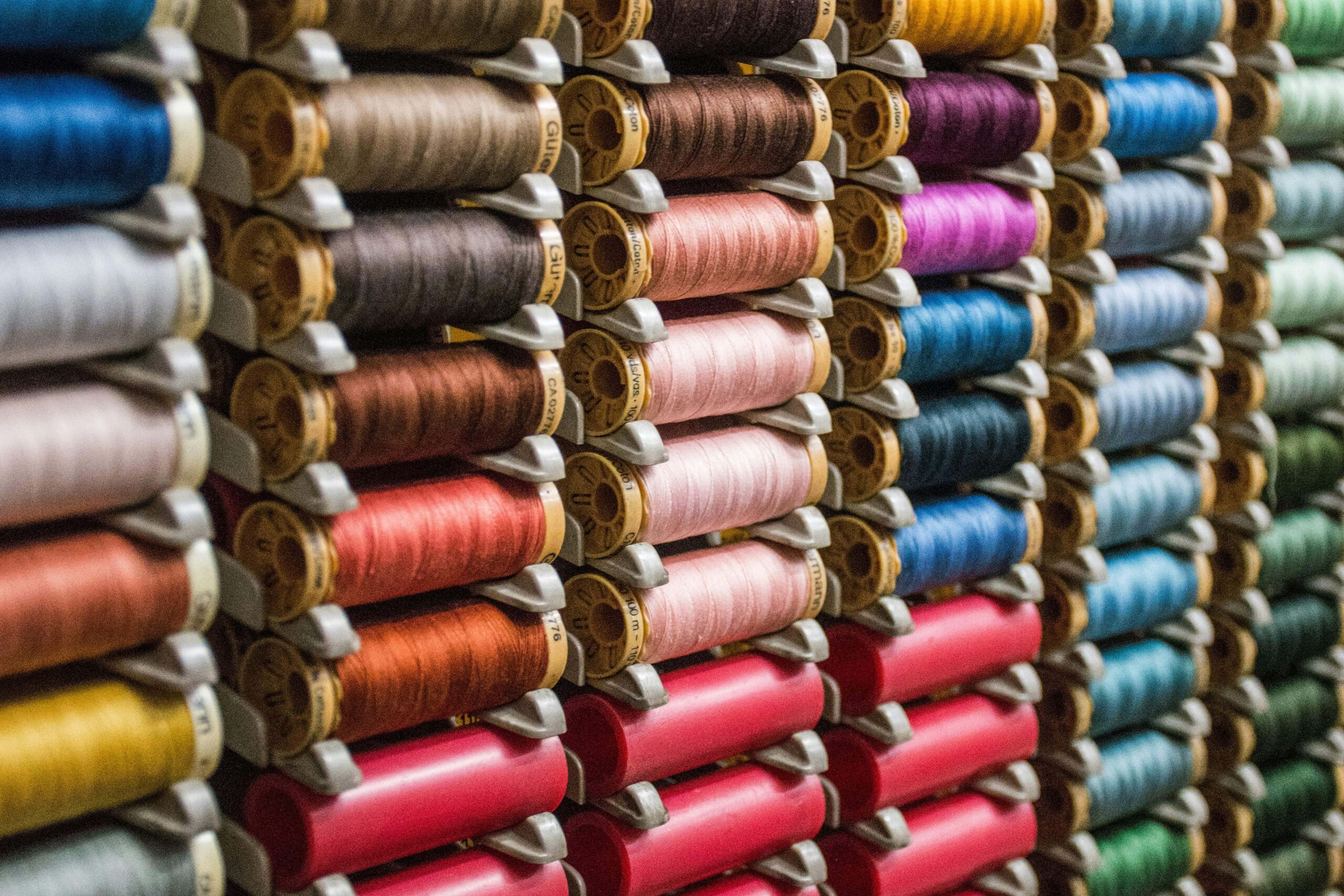Have any question?
Textile
The textile industry employs a wide range of chemicals throughout various stages of production, from fibre creation to fabric finishing. These chemicals impart the desired properties to the final textile products. Remik deals in a lot of these chemicals. Listed here are some of those key chemicals.
- Dyes and Pigments
Dyes are crucial for adding colour to textiles. India is a significant producer and consumer of textile dyes, both for domestic use and export.
- Auxiliaries
Textile auxiliaries include a range of chemicals such as surfactants, emulsifiers, and wetting agents. These substances aid in various processes like dyeing, finishing, and printing. - Textile Chemicals for Pre-Treatment
Chemicals used in pre-treatment processes include desizing agents, scouring agents, and bleaching agents. These are applied to prepare the fabric for dyeing and printing. - Textile Chemicals for Dyeing and Printing
Various chemicals are used in the dyeing and printing processes, including fixing agents, leveling agents, and thickeners. - Textile Finishing Chemicals
Finishing chemicals are applied to enhance the properties of the fabric, such as softening agents, anti-wrinkle agents, and flame retardants.
- Textile Sizing Chemicals
Sizing agents are applied during the weaving process to improve yarn strength and reduce breakage. Starch-based sizing chemicals are commonly used. - Textile Coating Chemicals
Coating chemicals are used for applications like water repellency, flame resistance, and antimicrobial coatings.
- Textile Chemicals for Maintenance and Cleaning
Chemicals used for equipment maintenance, cleaning, and water treatment in textile mills. - Specialty Chemicals
Some specialty chemicals cater to specific requirements, such as those for technical textiles, non-wovens, and specialty finishes.
- Eco-Friendly and Sustainable Chemicals
There is an increasing focus on adopting eco-friendly and sustainable chemicals in response to global environmental concerns. This includes the use of bio-based dyes and environmentally friendly finishing agents.
